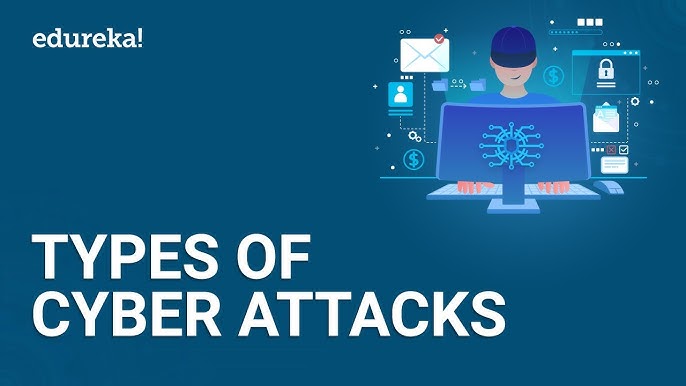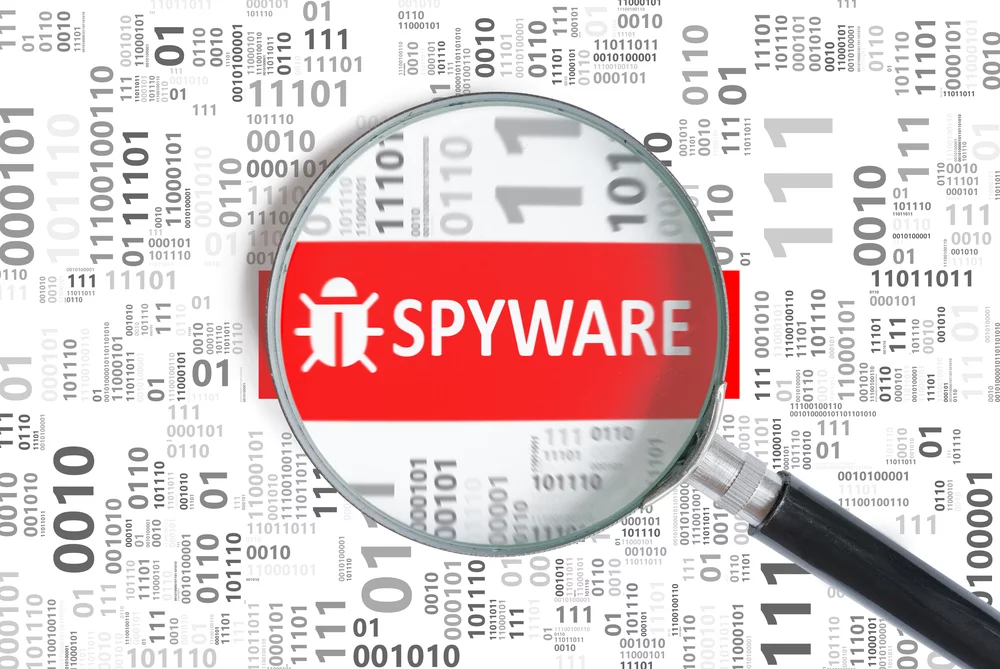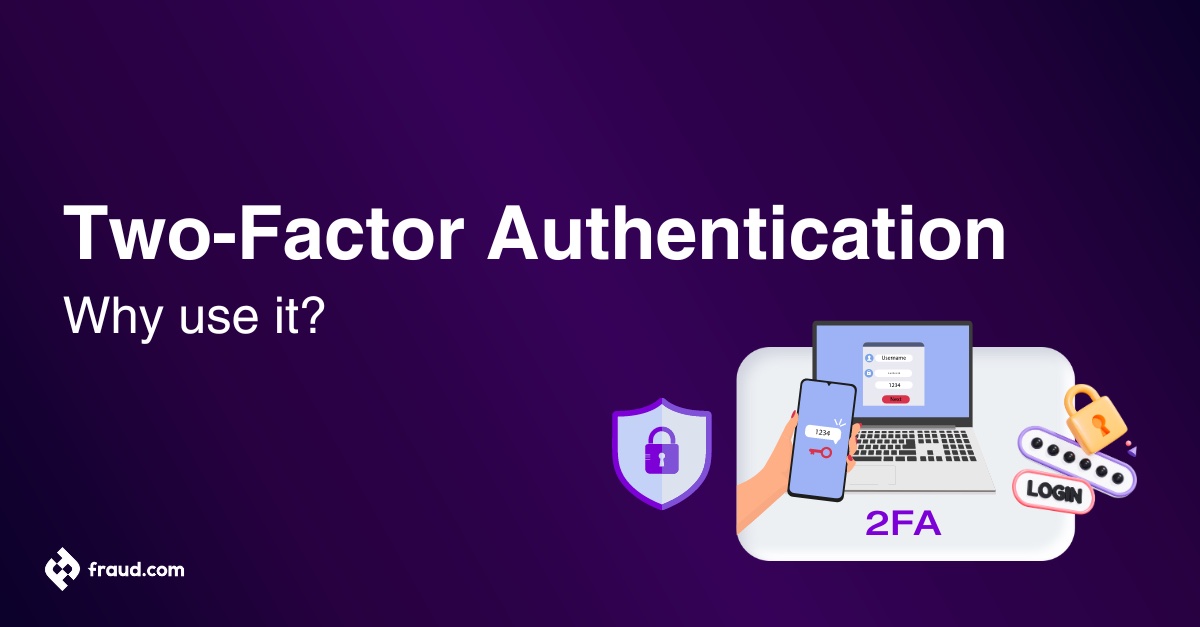Ransomware has become a buzzword in the digital age, and for good reason. It represents one of the most significant threats to our personal and professional lives. Imagine waking up one day to find that all your important files are locked away, held hostage by cybercriminals demanding payment for their release. This scenario is more common than you might think, affecting individuals and organizations alike.
Understanding ransomware is crucial to safeguarding your data and peace of mind. With attacks on the rise, learning how it works can empower you to take preventative measures before it’s too late. In this blog post, we’ll explore various types of ransomware attacks, their consequences, essential prevention strategies, and what steps you should take if you’re ever caught in this web of cybercrime. Let’s dive into understanding ransomware and how to prevent it!
What is Ransomware and How Does It Work?
Ransomware is a malicious software designed to block access to a computer system or personal files until a ransom is paid. It typically infiltrates devices through phishing emails, infected downloads, or unsecured networks.
Once inside, the malware encrypts files using complex algorithms. This means you can’t open your documents or access critical data without the decryption key held by the attackers.
The ransom usually demands payment in cryptocurrency, making it harder to trace. Attackers often create urgency by threatening to delete files if their demands aren’t met quickly.
Ransomware attacks can target anyone—from individuals to large corporations—causing widespread chaos and financial loss. The fear and uncertainty that accompany such incidents only amplify their impact on victims’ lives and operations. Understanding this threat is vital for establishing effective defenses against it.
Types of Ransomware Attacks
Ransomware attacks come in various forms, each with its own strategy and target. One common type is locker ransomware. This variant locks users out of their devices, making files inaccessible until the ransom is paid.
Another prevalent form is crypto ransomware. Instead of locking the device, it encrypts valuable data. Victims face a grim choice: pay up or lose critical information forever.
There’s also scareware, which tricks victims into believing their system has been compromised and demands payment to resolve fictitious threats. It often preys on those who are less tech-savvy.
Some sophisticated attackers deploy double extortion tactics. They not only encrypt data but also threaten to release sensitive information if the ransom isn’t met.
Understanding these different types can help individuals and businesses better prepare for potential threats that may arise in today’s digital landscape.
Consequences of a Ransomware Attack
The consequences of a ransomware attack can be severe and far-reaching. First and foremost, businesses may face immediate financial losses. Paying the ransom isn’t guaranteed to restore access or security.
Operational downtime is another significant impact. Companies often halt their operations while they deal with the aftermath. This disruption can lead to lost revenue and damage customer trust.
Data loss presents another critical concern. If backups are unavailable or compromised, essential information might vanish permanently. This situation could cripple a business’s ability to function effectively.
Reputational harm also lingers long after an attack has occurred. Customers may hesitate to engage with a company that has suffered from such breaches, questioning its reliability in safeguarding sensitive data.
Legal ramifications come into play if personal data is involved. Organizations may face lawsuits or regulatory penalties for failing to protect client information adequately.
Ways to Prevent Ransomware Attacks
Preventing ransomware attacks starts with awareness. Educating yourself and your team about the latest threats is crucial. Knowledge is power against cybercriminals.
Regular software updates are essential. Keeping operating systems and applications current can patch vulnerabilities that attackers exploit.
Implement strong password policies too. Encourage using complex passwords, alongside two-factor authentication for an added layer of security.
Firewalls act as barriers to protect your network from malicious traffic. Ensure they are enabled on all devices connected to the internet.
Backing up data regularly cannot be overstated. Store backups offline or in a secure cloud service, ensuring they remain untouched by potential ransomware threats.
Consider investing in reputable antivirus software. These tools help detect and neutralize potential risks before they escalate into serious issues, providing an additional safeguard against ransomware attacks.
Importance of Backing Up Data
Backing up data is a critical safeguard against ransomware attacks. When your files are encrypted by malicious software, having copies stored elsewhere can save you from significant loss.
Regular backups ensure that your valuable documents, photos, and projects remain intact. Cloud storage solutions or external hard drives provide convenient options for securing this information.
Moreover, it’s not just about having backups but also about regularly updating them. An outdated backup won’t help if it’s several months old when disaster strikes.
Consider implementing an automated backup schedule to streamline the process. This habit reduces the risk of human error and keeps your data protected effortlessly.
In today’s digital age, where threats continue to evolve, embracing proactive measures like data backups is essential for peace of mind. Protecting what matters most should never be overlooked in any security strategy.
Cybersecurity Measures for Individuals and Businesses
Cybersecurity is crucial for everyone, from individuals to large businesses. The first step is educating yourself and your team about potential threats. Knowledge is a powerful defense.
Using strong, unique passwords across different accounts helps minimize risk. A password manager can simplify this task and enhance security.
Two-factor authentication adds an extra layer of protection by requiring additional verification steps before granting access.
Regular software updates are essential too. They patch vulnerabilities that cybercriminals might exploit.
Firewalls serve as barriers between your network and intruders, making them invaluable for both personal devices and corporate environments.
For businesses, creating an incident response plan prepares you for any possible breaches or attacks. Training employees on recognizing phishing attempts can significantly reduce risks.
Consider investing in cybersecurity insurance to mitigate potential financial losses resulting from a ransomware attack or other cyber incidents.
What to Do if You Become a Victim of Ransomware
If you find yourself a victim of ransomware, the first step is to remain calm. Panicking will only cloud your judgment.
Disconnect your device from the internet immediately. This can help prevent further spread and keep attackers from accessing other files or devices on your network.
Next, document everything. Take screenshots of messages and note any demands for ransom. This information could be crucial later.
Do not pay the ransom right away; paying does not guarantee that you’ll regain access to your data. Instead, consult with cybersecurity experts who specialize in handling these incidents.
Check if you have backups available before considering any drastic measures. Restoring from a backup may save you time and trouble compared to engaging with cybercriminals.
Report the incident to authorities such as local law enforcement or national cybersecurity agencies. They might provide guidance or resources for recovery efforts aimed at victims like you.
Conclusion: Staying Informed and Protected Against Ransomware
Staying informed and protected against ransomware is essential in today’s digital landscape. Awareness of how ransomware operates can empower individuals and businesses to take action before an attack occurs. The threat continues to evolve, making it crucial for everyone to stay updated on the latest trends and tactics employed by cybercriminals.
Prevention strategies are vital. Regularly backing up data ensures that you have a fallback option in case of an attack. Implementing robust cybersecurity measures creates layers of defense against potential threats. Training employees about recognizing phishing attempts or suspicious links further strengthens your security posture.
If attacked, knowing what steps to take can mitigate damage significantly. This includes isolating infected systems, reporting incidents promptly, and considering professional help if needed.
Being proactive will make all the difference in securing sensitive information and maintaining peace of mind in an increasingly connected world. By practicing vigilance and adopting best practices for cybersecurity, you can significantly reduce your risk of falling victim to ransomware attacks.










